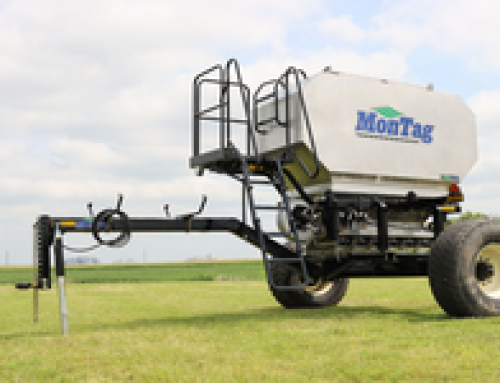Source: AccuWeather news release
AccuWeather Global Weather Center -AccuWeather, recognized and documented as the most trusted source of weather forecasts and warnings with proven Superior Accuracy, today released a new analysis of nearly 60 years of data from the AccuWeather Data Suite covering the contiguous United States. The analysis shows a striking shift in rainfall patterns: a significant increase in the frequency of extreme rainfall events, despite nearly stable annual precipitation totals over this same period.
Key Analysis Findings
Heavier downpours rising: Days with 1 inch or more of rain is up approximately nine percent (9%) since 1965, reflecting the growing prevalence of storms with high water-loading capacity.
Extreme events doubling: Daily 4-inch rain events have increased about 70% since 1965.
Hourly extremes tripling: Hours per year with 1 inch or more of rain have nearly tripled since 1985.
These key findings matter because flooding is not driven by how much rain falls in a year but by how hard and how fast precipitation comes down. In fact, “daily rain events of 4 inches or more have increased significantly since 1965,” said Steve Root, AccuWeather Senior Vice President of Strategic Initiatives and lead researcher of the new analysis. A region can receive the same annual rainfall total, but if more of the total water amount arrives in single-day downpours or cloudbursts lasting a few hours, the risk of flash flooding rises dramatically. That is when storm drains overflow, culverts back up, as well as rivers and small streams–exactly what the Hill Country region of Texas tragically experienced this summer–breach their banks.
“AccuWeather’s unique historical data tells a very powerful story. By analyzing nearly 60 years of weather records, we can clearly show how our climate is changing and the impact it has on industries, such as infrastructure, insurance and agriculture,” said Dr. Joel N. Myers, Founder and Executive Chair of AccuWeather.
The Key Impacts at a Glance Across the U.S.
Agriculture: Potential for future crop delays, pest surges and lower yields threaten food supply and prices.
Infrastructure: Storm drains, culverts and roads built for 20th-century averages are increasingly overwhelmed.
Economy & Safety: Heavier rainfall episodes are contributing to billion-dollar disasters, insurance losses and public health risks.
Scientists know why this is happening: as global temperatures rise, the atmosphere’s capacity to hold water vapor increases. That extra moisture is resulting in heavier rainfall on average during single events.
“As described by the Clausius-Clapeyron equation, for every 1 degree Fahrenheit of warming, the atmosphere can hold about 4 percent more water vapor, increasing the potential for extreme rainfall events,” Brett Anderson, AccuWeather Climate Expert and Senior Meteorologist said.
The very slight decline in total precipitation observed can also be attributed to this phenomenon. Some areas may experience heavier precipitation events, but the total effect of a warmer, intensifying water cycle is an increase in precipitation variability. This can lead to longer, drier periods in some parts of the country.
“The impacts of more intense flooding events can be more negative than positive in agriculture, leading to potential disruptions in crop planting, more insects and overall lower yields,” said AccuWeather Lead Long-Range Expert Paul Pastelok.
The higher frequency of heavier rainfall events poses a risk to infrastructure, agriculture and safety. “Intensity, local land use and drainage capacity drive flood outcomes,” Root said. The consequences extend beyond flooding streets. Industries such as agriculture, logistics, infrastructure and insurance are increasingly exposed to the risks of heavier precipitation events.
Data Analysis and Methodology Explained
According to Root, the findings were only possible because of the depth and quality of AccuWeather’s Data Suite, which allowed researchers to normalize rainfall across 44 contiguous U.S. climate zones. Each zone is anchored by a long-term, calibrated government station, ensuring wetter regions don’t drown out trends in drier ones.
Root and his team conducted the analysis using data from the AccuWeather Data Suite, drawing from nearly 2,100 U.S.-based industrial-grade, government installed, maintained and calibrated weather sensors and systems. AccuWeather has applied decades of quality-assured, quality-controlled routines to test, validate and confirm that all data is accurate and reliable. AccuWeather’s quality control procedures review all governmental data collected, using proprietary algorithms, such as majority logic and nearest-neighbor comparisons, pattern recognition and other techniques to correct all out-of-range values and fill in missing datasets.
The findings are part of an ongoing analysis led by Root. Additional insights and analysis will be released in the near future, focusing on regional impacts and key findings.



